Premium Only Content
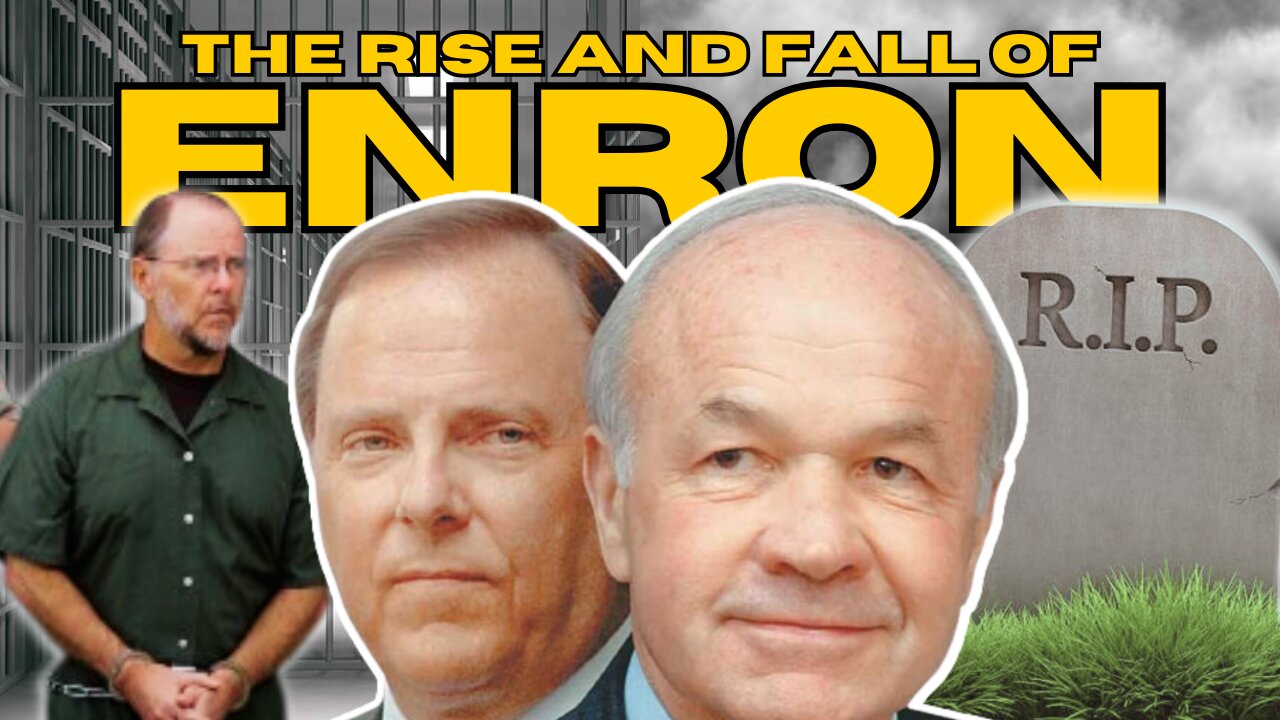
The Biggest Fraud in History - The Rise and Fall of Enron
Enron's story is a cautionary tale of greed, corruption, and corporate malfeasance. It's a story that has claimed many victims, the most tragic of which is a former vice-chairman of the company who committed suicide, ostensibly as a result of his involvement in the scandal. On the surface, the motivations and attitudes that led to Enron's ultimate collapse appear straightforward: individual and collective greed born in an atmosphere of market euphoria and corporate arrogance. Nobody wanted to believe the company was too good to be true, not the company, its employees, analysts, or individual investors. So, for a while, almost no one did. Many people continued to buy the stock, the corporate mantra, and the dream. Meanwhile, the company engaged in a number of high-risk transactions, some of which fell outside of the company's standard asset risk control process. Many things went wrong in the early months of 2001, when Enron's stock price and debt rating collapsed due to a loss of investor and creditor trust. Methods used by the company to disclose its complicated financial dealings were incorrect and, in the opinion of some, deceptive. The company's failure to report its financial affairs transparently, followed by financial restatements revealing billions of dollars in omitted liabilities and losses, all contributed to its demise. The whole thing took place under the watchful eye of Arthur Andersen LLP, which had a full floor of auditors assigned to Enron all year.
The Biggest Fraud in History - The Rise and Fall of Enron
In the eyes of the financial world, Enron's most exciting development was the establishment of Enron Online (EOL) in October 1999. EOL, a Web site for trading electronic commodities, was significant for at least two reasons. For starters, Enron was a party to every transaction on the platform. Traders received extremely valuable information in real-time about the "long" and "short" parties to each trade, as well as the prices of the products. Second, because Enron was either a buyer or a seller in every transaction, credit risk management was critical, and Enron's credit was the foundation that gave the energy community confidence that EOL provided a secure transaction environment. In 2000, EOL was an overnight success, handling $335 billion in online commodity trades.
DISCLAIMER:
This channel is for educational purpose only. All videos, presentations and writing are for only educational purposes, and are not intended as investment advise
You can implement this while investing at your own risk and after consulting your financial advisor.
-
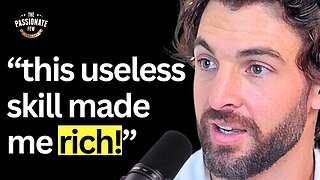 1:05:44
1:05:44
Omar Elattar
9 months agoThe Digital Real Estate Expert: You're Being Lied To About Making Money Online!
4.61K -
 10:53
10:53
Nikko Ortiz
2 days agoWORST Clips On The Internet
86K27 -
 3:42:38
3:42:38
FreshandFit
12 hours agoREAL R*pe Victim Exposes Shannon Sharpe Accuser As Liar!
70.1K76 -
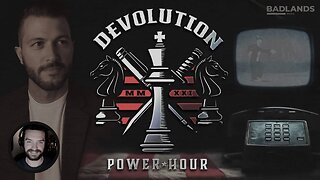 2:18:29
2:18:29
Badlands Media
14 hours agoDevolution Power Hour Ep. 376: Optics, Explosions & the War for the Narrative
144K43 -
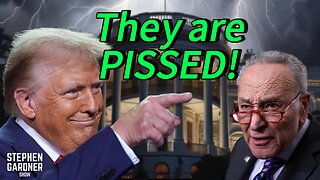 37:46
37:46
Stephen Gardner
12 hours ago🔥Trump NEVER expected THIS WIN as Schumer has EPIC MELTDOWN!
44K34 -
 2:02:41
2:02:41
Inverted World Live
9 hours agoNASA Engineer Says Trillions of Shape-Shifting, Cloaked Devices are Hidden on Earth| Ep. 83
39K11 -
 3:12:37
3:12:37
TimcastIRL
9 hours agoGOP Councilman DOUSED IN GAS, Set ON FIRE In Virginia, Suspect In Custody | Timcast IRL
250K92 -
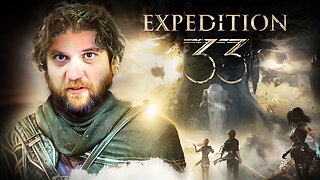 2:32:23
2:32:23
The Quartering
9 hours agoOn To The Big Bosses! Act 2 Of Expedition 33
63.1K6 -
 7:36:34
7:36:34
SpartakusLIVE
11 hours agoTiger Blood RESTOCKED and 30% off w/ code SPARTAKUS30
87.4K -
 24:58
24:58
Law&Crime
11 hours ago $3.55 earnedSecond Note Leaves Disturbing Clues in New York City Killings
40.5K12